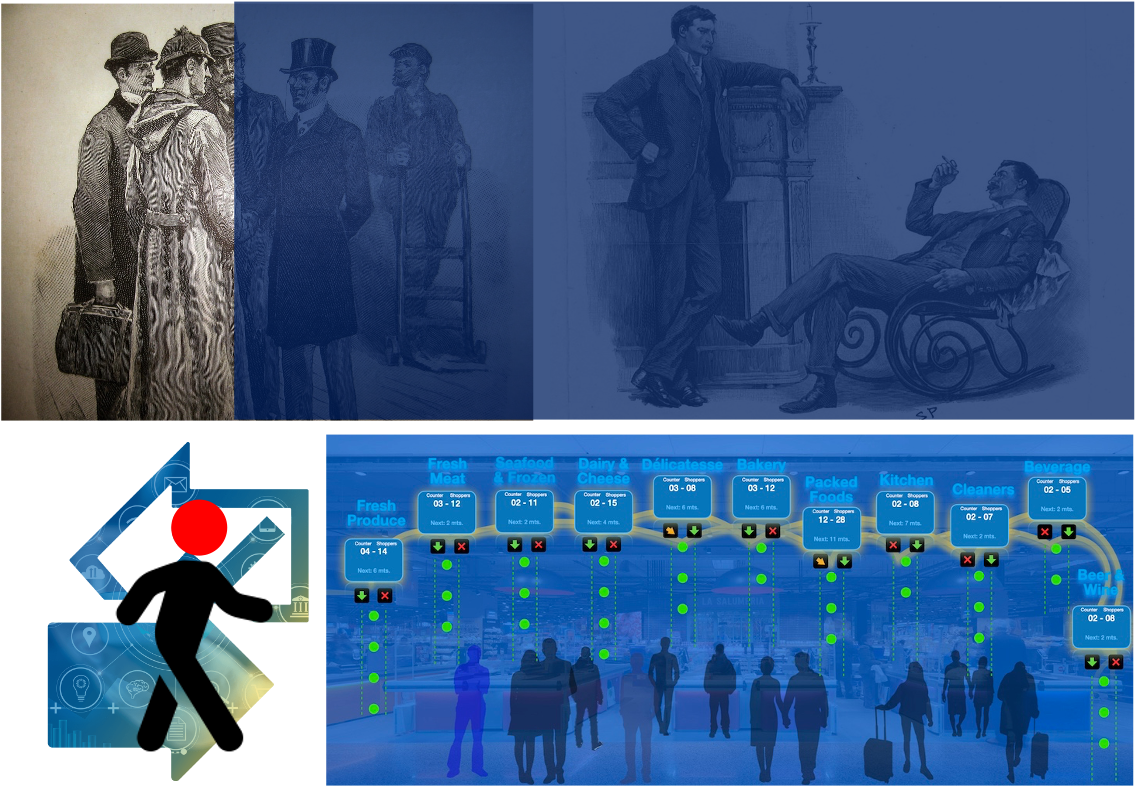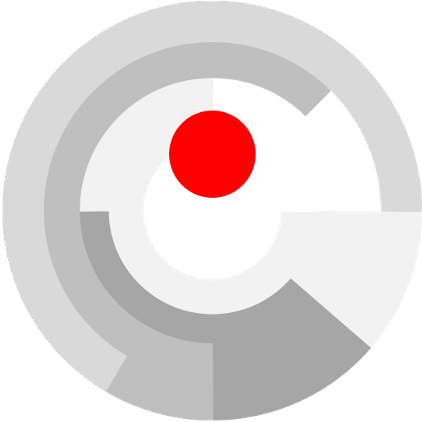Research

Causal Networks – Reasoning and Structure
The philosophical underpinnings of causality affect how we answer the questions “what type of evidence do we use to establish causality?” and “what do we think is enough evidence to be convinced of the existence of a causal relationship?” David Hume asks on what grounds we come to our beliefs about the unobserved on the basis of inductive inferences and concluded that “we cannot apply a conclusion about a particular set of observations to a more general set of observations.”
CAUSALITY. An influence by which one event, process, state, or object (a cause) contributes to the production of another event, process, state, or object (an effect) where the cause is partly or wholly responsible for the effect, and the effect is partly or wholly dependent on the cause.
Causality unfolds from just three basic principles: (1) causation encodes behavior under interventions, (2) interventions are surgeries on mechanisms, and (3) mechanisms are stable functional relationships. The central theme is to view causality as a computational scheme devised to facilitate prediction of the effects of actions.
Causes may sometimes be distinguished into two types: necessary and sufficient. A third type of causation, which requires neither necessity nor sufficiency in and of itself, but which contributes to the effect, is called a “contributory cause”. Counterfactual defines causation in terms of [imagining]: “if the first object had not been, the second never had existed.” Stochastic causation is interpreting causation as a deterministic relation means that if A causes B, then A must (and will) always be followed by B.
while probabilities encode our beliefs about a static world, causality tells us whether and how probabilities change when the world changes, be it by intervention or by act of imagination

As humans, we do not store verbatim copies of experiences in our memory. Rather, we integrate new incoming information from the surroundings in relation to our pre-existing knowledge about the world. This knowledge is accumulated across ontogenetic development through experiences during which the individual detects regularities in the environment. Growth in knowledge is one of the most prominent aspects in ontogeny and exerts its influence on memory functioning across the whole lifespan.
Despite the long-standing recognition of the important role of prior knowledge, most cognitive systems are designed with the implicit assumption that learning and memory take place in a tabula rasa state of the brain. So far, surprisingly little is known about how the interaction between pre-existing knowledge and new incoming information takes place within the brain.
This knowledge can be
- semantic,
- declarative,
- procedural and
- episodic
We hereby acknowledge that differences among related terms such as conceptual knowledge, rule knowledge, associative knowledge, and schema are not considered.

We developed causal structure on a principal premise of general relativity is that spacetime are modeled as a multi-dimensional Lorentzian manifold so that the causal relations between points in the manifold are interpreted as describing which events in space-time that influence which other events. With a signature of (p, 1) or (1, q), the manifold is also locally (and possibly globally) time-orientable.
1. I’ve a headache and am considering whether to take two aspirin tablets;
2. I save $20 ever month will get me $20,000 over 10 years
A decision problem is defined in terms of an outcome space, an action space and a loss function. Starting from these simple ingredients, we construct the loss function defines a duality between the outcome and action spaces, while the correspondence between a distribution and its act that induces a self-duality. Together these determine a “decision geometry” for the family of distributions on outcome space.
At each point in the time vectors in the point’s space can be divided into two classes. To do this we first define an equivalence relation on pairs of time tangent vectors. There are then two equivalence classes which between them contain all time vectors at the point. We one of these equivalence classes future-directed (Forward Stochastic) and call the other past-directed (Backward Stochastic). Physically this designation of the two classes of future- and past-directed time vectors corresponds to a choice of an arrow of time at the point. The future- and past-directed designations can be extended to null vectors at a point by continuity.
A Lorentzian manifold is time-orientable if a continuous designation of future-directed and past-directed for non-spacelike vectors can be made over the entire manifold.
A growing body of evidence indicates that humans show systematic response preferences when reasoning about classes of events that have high adaptive consequences. The idea behind inductive reasoning is that of learning from patterns or experiences. And, deductive reasoning, strictly speaking, involves arguments whereby, if the premises are true, then the conclusions must also be true. In a deductive argument, the conclusions flow from the premises given.
Causality as intervention or causality as system modeling are two different things.
The present architecture has highlighted some different ways of thinking about causality. In the world of Pearl, causation is defined in terms of interventions (the “do” operator), and causality is restricted to be unidirectional, forward in time—hence the directed graphs. Perhaps because of statistical learning, one is comfortable with this view, in which casual inferences are tied to specific (real or hypothesized) treatment. Thus, for example, one might consider the effect of a law requiring adolescents to stay in school another year, or the effect of a financial incentive to stay in school, rather than the more generic effect of schooling.
However, systemic view certainly argues the opposite and hold the position that the graphical modeling approach (with its “do” operator that can be applied to any variable in a system) is a more realistic way to understand the world as it is. Different from both of the above approaches is the world of many structural equation models used in social science, where causation is de- fined in terms of variables in a system (e.g., mobile phone failure is due to failure in battery). The system-variable approach can be incorporated into the do-calculus or intervention framework by adding time into the system (engineer finding the reason if this is a hardware or a software), but this is not always so easy to do with observational data, and in many ways the goals are different: unidirectional causation in one case and equilibrium modeling in the other. Furthermore, inferring the causal structure that links n observables is usually based upon detecting statistical dependences and choosing graphs that make the joint measure Markovian. Here we argue why causal inference is also possible when only single or monadic observations are present.
In the reasoning and inferencing model, we also formalized, in additional to multi-dimensional causality, how to generate causal graphs explaining similarities between single objects. To this end, we replace the notion of conditional stochastic independence in the causal Markov condition with the vanishing of conditional algorithmic mutual information and describe the corresponding causal inference rules. This explains why a consistent reformulation of causal inference in terms of algorithmic complexity implies a new inference principle that takes into account also the complexity of conditional probability densities, making it possible to select among Markov equivalent causal graphs.
Nevertheless, non-monotonic reasoning has been taken to include, or apply to, common sense reasoning, answer-set programming, reasoning about action, query-answering in database systems, description logics, argumentation, and belief change or belief revision. At the centre of this challenge is the question of the link between non-monotonic reasoning and cognitive system with its two facets: potential influence of non-monotonic reasoning to topics in cognition, and conversely, the extent to which work in cognitive system can benefit non-monotonic reasoning, whether by providing benchmarks or phenomena for models. Nevertheless, non-monotonic reasoning seems to be a key tool to formalise and implement such abilities. However, this cuts both ways.
